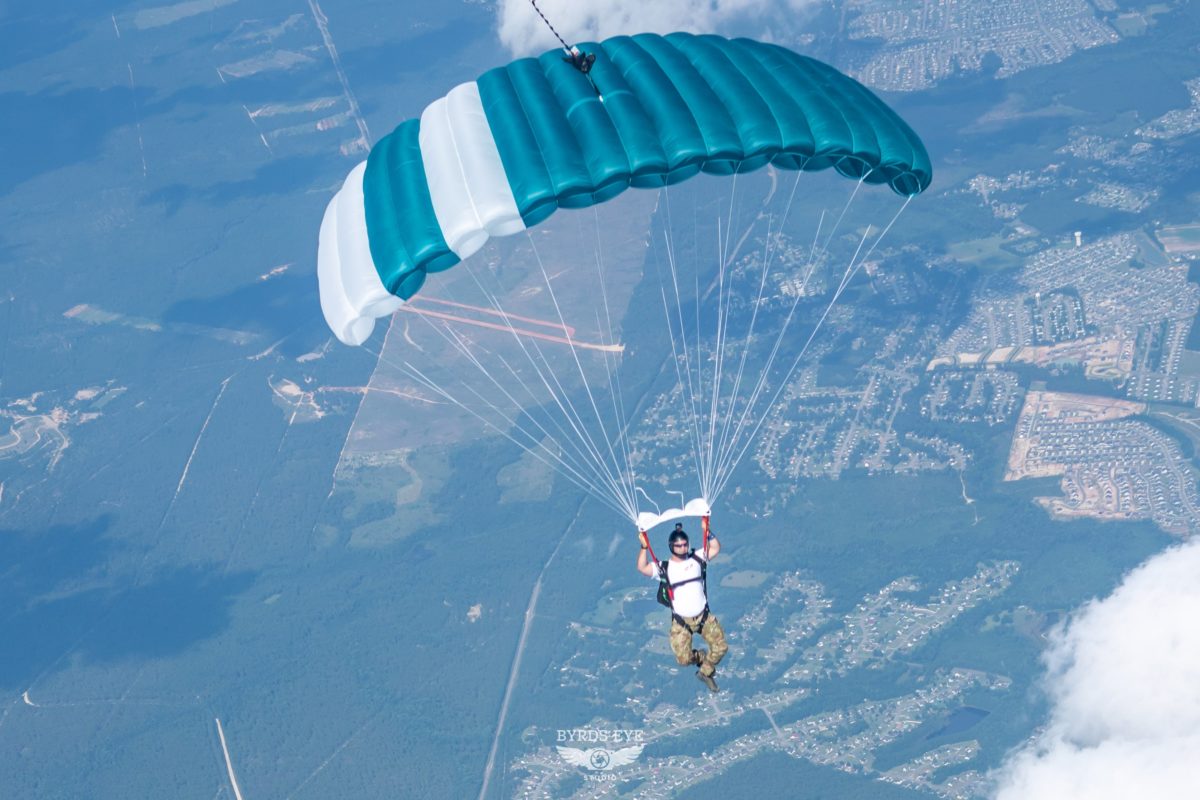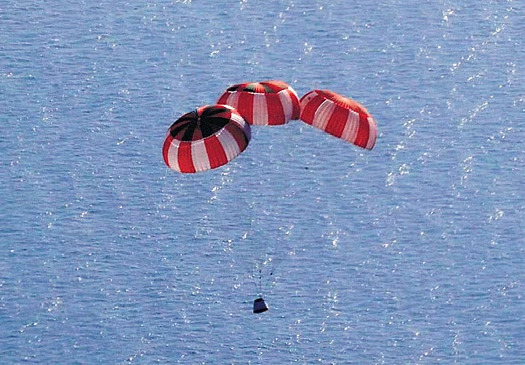Fall with Grace: The surprising Science behind Parachute design!
- ByPrachi Sharma
- 04 Aug, 2025
- 0 Comments
- 2

Parachutes are engineered to dramatically increase air resistance (drag), slowing down descent by reducing a jumper’s terminal velocity. The broad canopy surface catches air molecules, creating upward drag that balances gravity’s downward pull.
Classic round canopies resemble domes and efficiently open, making them a staple in cargo drops and emergency scenarios. They generate high drag but typically swing during descent.
Modern ram-air parachutes (often rectangular or tapering into elliptical shapes) operate like low-aspect-ratio wings. Each cell inflates to form an airfoil, allowing glide, steering control, and stability.
Square or cruciform designs - used in military models - further limit oscillations and reduce landing injuries by minimizing swinging motion. Air vents or sliders slow inflation shock and prevent canopy collapse.
Shape also affects descent speed: larger surface areas yield more drag, decreasing terminal velocity by up to 90%, enabling safer, slower landings around 5–6 m/s.
Why This Shape Works
-
Large canopy area maximizes drag to counteract gravity.
-
Airfoil (wing-like) cross-sections enable gliding and steering.
-
Vents and design tweaks reduce oscillation and insurance shock.
-
Material and panel layouts ensure reliable, consistent inflation.
In short: parachutes are shaped the way they are because that shape best harnesses air resistance to slow descent, improve control, and ensure safe landings.
Tags:
Post a comment
Can U.S. Robot Cargo Planes change the balance in Indo-Pacific?
- 28 Aug, 2025
- 2
How Charge-Coupled Devices transformed the world of imaging!
- 21 Aug, 2025
- 2
Hydrogen vs Battery: Which cuts cost for clean buses?
- 30 Jul, 2025
- 2
Killer specs, Killer price’: Redmi targets budget buyers!
- 29 Jul, 2025
- 2
ISRO’s gaganyaan parachutes prove flight-ready in 3 Km drop!
- 28 Aug, 2025
- 2
Categories
Recent News
Daily Newsletter
Get all the top stories from Blogs to keep track.

















